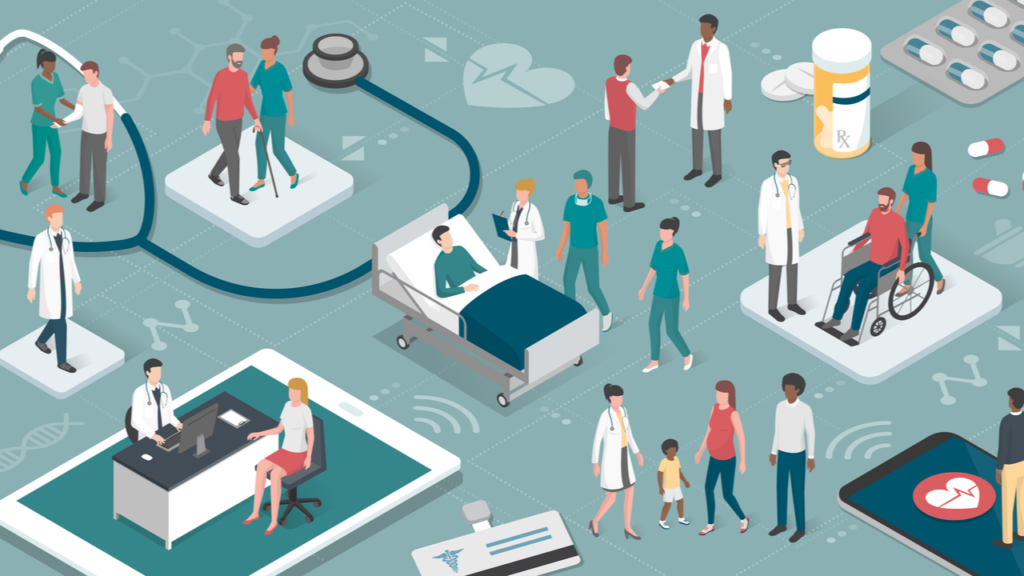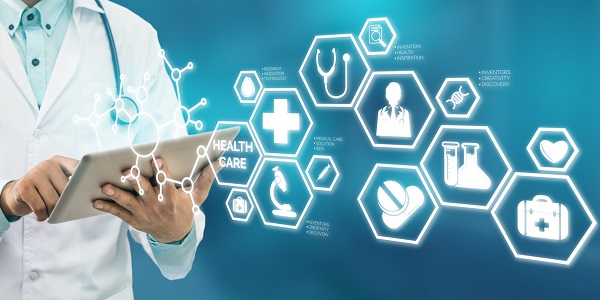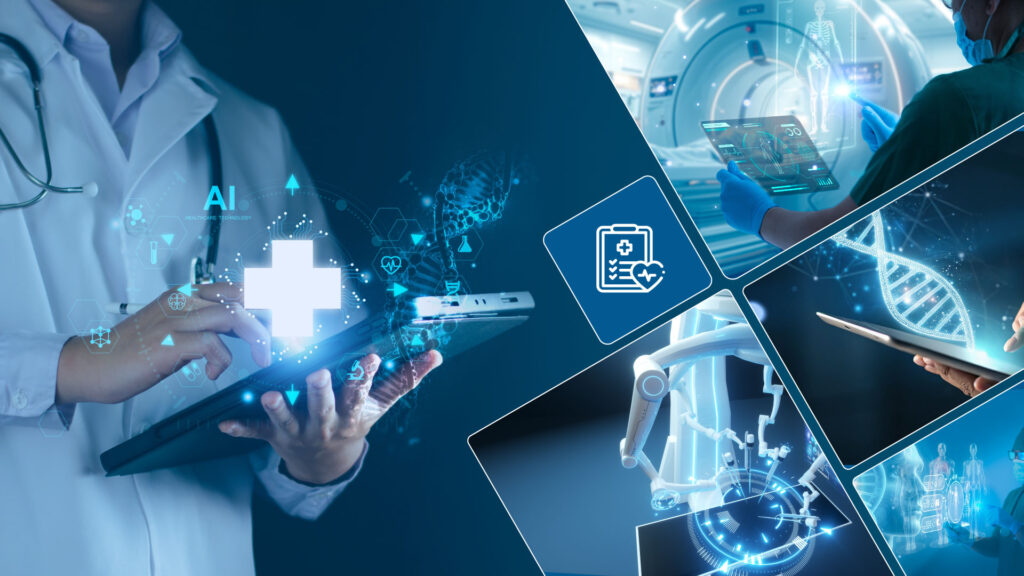As the digital health revolution accelerates, experts reveal that robust medical device integration relies not just on technology, but on empowering the human element and meticulous planning. Ignoring these critical factors can ground even the most sophisticated healthcare innovations.
Decoding the Future of Medical Device Integration
In the high-stakes, meticulously regulated world of healthcare, the seamless integration of medical devices isn’t just a feature; it’s the bedrock of patient safety and operational efficiency. As the industry gears up for a future defined by interconnected health, a critical question emerges: who truly possesses the deep understanding of both cutting-edge technology and the intricate nuances of healthcare delivery?
According to GooApps, drawing from years of experience in transformative digital health projects, seasoned professionals are outlining best practices that move beyond a one-size-fits-all approach, acknowledging that every clinic, every device, and every clinical system has its unique particularities.
Know Your Data: The Foundation of Effective Integration
Before a single cable is plugged in, understanding the data to be managed is paramount. Experts stress the importance of thoroughly knowing:
- Data Parameters: Precisely identify the clinical parameters a device will generate.
- Frequency and Load: Verify the sampling rate and anticipate data load peaks.
- Data Type: Determine if data is numerical, categorical, or binary.
- Clinical Purpose: Ensure these data points serve a clear clinical objective for the end-user.
“Understanding the data isn’t just a technical exercise; it’s the bedrock for building a useful, secure solution that aligns with the healthcare workflow”.

Sync Smart: Implementing a Robust Data Synchronization Engine
A common pitfall in many integration projects is allowing devices to connect directly to clinical systems, creating fragile, unscalable couplings. The recommended best practice is to implement a dedicated data synchronization engine. This acts as a crucial bridge, offering several advantages:
- Unified Repository: Consolidates all data, regardless of the device or manufacturer.
- Data Normalization: Standardizes information for consistency.
- Validation & Business Rules: Applies necessary checks before data enters the digital health record.
- Traceability & Auditing: Simplifies tracking and verification processes.
- Future Scalability: Eases future integrations with other systems.
This intermediate layer significantly enhances security, reduces development time, and allows solutions to scale without compromising the initial design.
Cloud-Native & Open APIs: Architecting for the Future
The future of digital health is undeniably cloud-native. Designing medical device integrations with a cloud-native architecture ensures flexibility, elasticity, security, and agile deployment. This approach, combined with open and well-documented APIs (Application Programming Interfaces), is key for interoperability, allowing other systems to integrate seamlessly in the future without a complete overhaul.
The benefits are clear:
- On-Demand Scalability: Adapts to fluctuating demands.
- Agile Deployment & Maintenance: Faster updates and less downtime.
- Cost Reduction: Often more economical than on-premise solutions.
- Advanced Integration: Enables integration with analytics, machine learning, and advanced monitoring services.
- Compliance & Auditing: Centralized management simplifies regulatory adherence.
“A modern architecture is future-proofing; it allows solutions to grow without being rebuilt”.
Evolve and Educate: The Continuous Cycle of Improvement
A well-executed integration today can quickly become obsolete if not regularly reviewed and updated. Experts advocate for establishing a routine process for evaluating system performance and how clinicians actually use the integrated tools.
Crucially, successful integration hinges on continuous training. Many projects falter not due to technical issues, but because users don’t fully grasp how to leverage the new tools.
Key recommendations include:
- Establish KPIs: Define clinical and operational Key Performance Indicators to measure real-world impact.
- Regular Reviews: Schedule quarterly or semi-annual reviews with all stakeholders.
- Tailored Training: Offer training sessions adapted to each user profile.
- Constant Feedback: Actively collect user feedback to refine interfaces and workflows.
“Integrating without training users is a project destined for underperformance”.

Training & Evolution: The Human Element in Digital Health
“A perfectly executed integration today can become obsolete tomorrow if it’s not reviewed and updated”.
But technology alone isn’t enough.
“There’s no truly useful integration without continuous training. Many projects fail not due to technical glitches, but because users don’t understand the full capabilities of the tool”.
To combat this, best practices include:
- Defining Impact Metrics: Establishing clear clinical and operational KPIs to measure the real-world impact of the integration.
- Regular Stakeholder Reviews: Scheduling quarterly or semi-annual check-ins with all involved parties to assess performance and identify areas for improvement.
- Tailored User Training: Offering training sessions customized to the specific roles and needs of different clinical profiles.
- Continuous Feedback Loops: Actively collecting user feedback to refine interfaces and optimize workflows.
“Integrating without training users is like putting an airplane in the hands of someone who’s never piloted. Technology needs trained users to unlock its full value”.
The Organizational Backbone: Mastering Resource Management
Successful medical device integration is as much an organizational achievement as it is a technical one. Effective planning, strong leadership, and smart resource management are non-negotiable. Before embarking on integration, organizations must ensure they have:
- Experienced Technical Teams: Professionals with proven expertise in digital health solutions.
- Clinical Liaisons: A dedicated clinical champion to bridge the gap between end-users and the technical team.
- Realistic Timelines & Budgets: Adequate time and financial resources allocated for testing, validation, and necessary adjustments.
- Cross-Team Coordination: Mechanisms for tracking and coordinating efforts among various involved teams.
“Success isn’t purely technical; it’s organizational. “Without clear management, even the best technical plans can falter”.
The Connected Health Imperative
In an era where medical devices are constant sources of data, they are integral components of a dynamic digital ecosystem. However, without the right software to connect, organize, and provide clinical context to this information, its full potential remains untapped.
True transformation occurs when hardware and software work in concert. Enabling sensors not just to measure, but to communicate, alert, learn, and improve patient care in real-time. This robust integration, built with rigor, vision, and deep healthcare knowledge, is the key.
For organizations developing medical devices or managing clinical environments where connectivity and interoperability are essential, now is the moment to embrace these principles and step into the future of integrated digital health.

